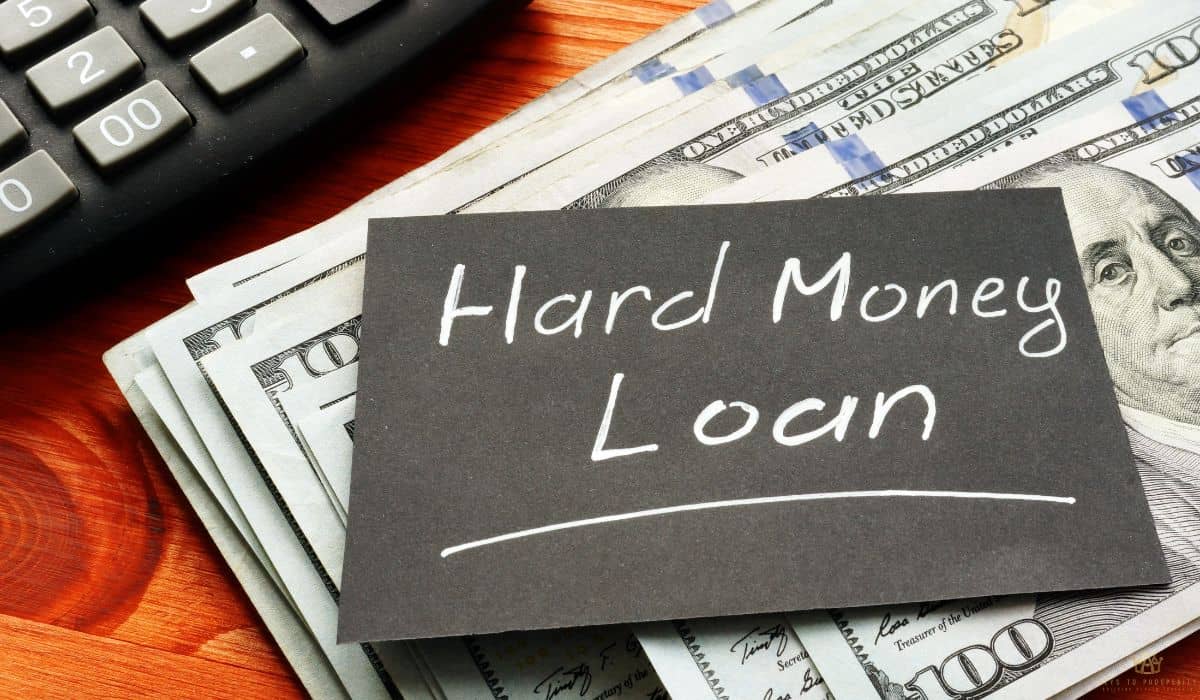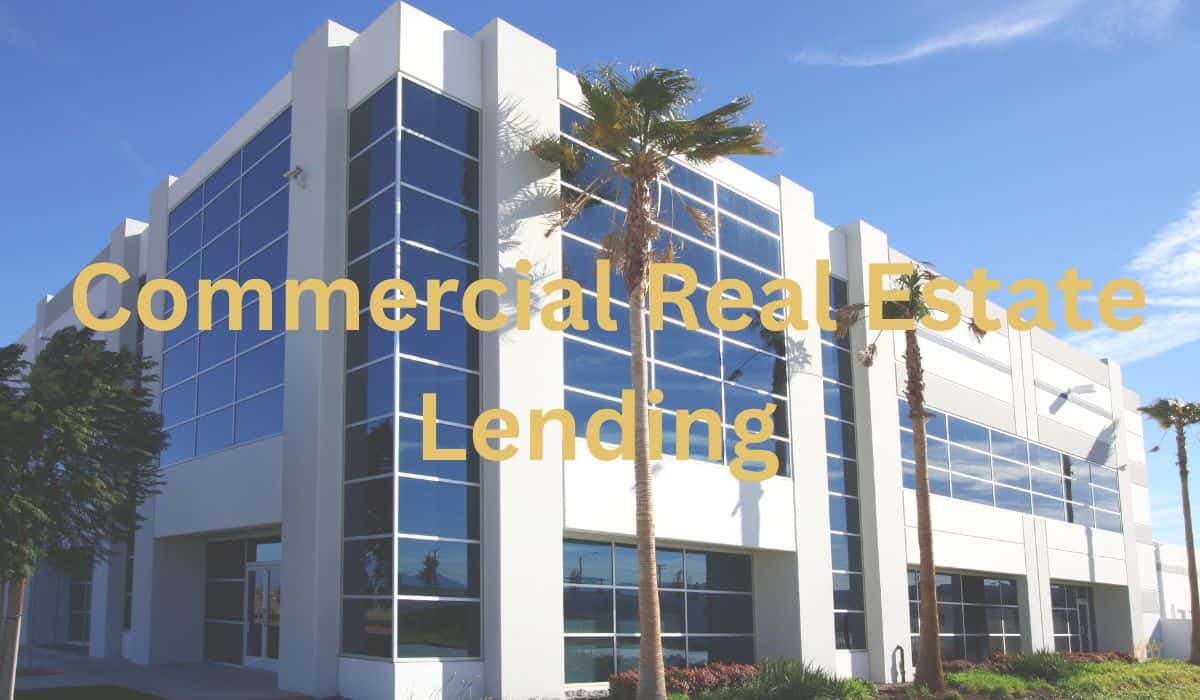As of May 2025, commercial loans have reached staggering heights, with U.S. domestically chartered banks holding over $11.6 trillion in loans and leases. That is a jump of more than $370 billion from last year!
This incredible growth shows just how massive the commercial lending landscape has become. This growth also highlights why lenders and investors alike lean on solid tools like the debt service coverage ratio for commercial loans to make smarter decisions.
From our experience, understanding this critical metric can mean the difference between landing favorable loan terms and facing rejection.
In this guide, we’ll walk through everything needed to calculate, interpret, and improve your DSCR so you can boost your odds of loan approval, protect your investments, and keep your company’s financial health in check.
We’ve just explored building banking relationships commercial real estate in our previous article, which helps set the foundation for success when borrowing. Up next, we’ll break down community bank vs national bank commercial lending to help compare options.
For a comprehensive look at financing options, our pillar page on commercial real estate bank loans covers the big picture.
Let’s get started!
Short Summary
- Debt service coverage ratio for commercial loans shows if your income can handle your debt obligations.
- Lenders usually expect a minimum dscr between 1.20x and 1.35x for standard commercial real estate deals.
- Calculating DSCR accurately requires knowing true net operating income and total debt service payments.
- Boosting DSCR can involve increasing revenue, cutting expenses, and managing existing debt smartly.
Understanding Debt Service Coverage Ratio For Commercial Loans
When we talk about getting a commercial loan, knowing what the debt service coverage ratio for commercial loans is can give investors and business owners a serious edge.
Here’s a breakdown of what we’ve learned from years of helping clients secure commercial real estate financing, so you can stay ahead of the game and breeze through the lending process.
What Is DSCR And Why Lenders Care About It
The debt service coverage ratio (DSCR) shows how much net operating income a property or business brings in, compared to its annual debt payments. This tells lenders if the business’s cash flow can cover its debt obligations with enough cushion.
A ratio of 1.0x means income matches total debt service. But to keep lenders comfortable, they typically want a minimum DSCR of 1.20x or more.
For instance, one time a commercial property owner trying to finance a retail plaza. Their initial DSCR was 1.05x, which worried lenders since it left almost no room for unexpected operating expenses.
By identifying ways to boost their gross income and cut some unnecessary costs, they eventually reached a DSCR of 1.30x, which opened the door to better loan terms.
How DSCR Measures A Company’s Ability To Pay Debts
DSCR is a simple yet powerful way to check a company’s or property’s ability to pay debts on time. It compares net operating income to annual debt service, including principal and interest payments, lease payments, and other monthly debt obligations.
For example, a multifamily developer with solid cash flow showed lenders a DSCR of 1.40x. That high DSCR told the bank the property generated enough income to cover debt obligations even if rents dipped a bit.
This extra breathing room reassured lenders about the property’s ability to withstand cash flow fluctuations.
Key Differences Between DSCR And Other Balance Sheet Ratios
Many confuse DSCR with other financial ratios, but each tells a different story. Unlike a quick ratio or debt-to-equity ratio, which look at assets and liabilities on a balance sheet, DSCR focuses strictly on income and debt service payments.
DSCR doesn’t factor in capital expenditures, while other metrics might.
Many property owners fixate on loan-to-value ratios, thinking that’s enough. But lenders also weigh DSCR heavily, since it shows if the property’s entity’s cash flow can actually handle loan payments. Without a solid DSCR, even a low LTV might not save the deal.
Why Lenders Use DSCR To Assess Risk And Financial Health
Most lenders use DSCR because it helps them assess risk by revealing if a borrower has sufficient income to keep up with debt service payments. A healthy DSCR shows a buffer against negative cash flow, giving lenders confidence they’ll get repaid.
For instance, a hotel investor we advised increased their net operating income NOI by renegotiating vendor contracts, raising occupancy, and timing their new loan application for peak season.
This strategy improved their DSCR from 1.10x to 1.35x, which let them snag a lower interest rate and more favorable loan terms.
Practical Tips:
- Double-check your business’s net operating income calculations. Exclude income taxes and focus on cash actually generated.
- Regularly review monthly debt obligations and find ways to trim unnecessary expenses.
- Track your DSCR quarterly to spot trends before they impact your ability to cover debt obligations.
Mastering DSCR isn’t just a box to tick. It’s a tool to show lenders you’re prepared, steady, and serious about keeping your company’s financial health strong.
DSCR Formula And Essential Calculations
Crunching the numbers for your DSCR for commercial loans doesn’t have to feel like a giant puzzle. Here are a few tricks that make figuring out your DSCR straightforward and way less stressful:
Breaking Down The DSCR Formula
The DSCR formula is simple on paper but easy to slip up on if you’re not careful. To get your DSCR, divide net operating income (NOI) by total debt service. A DSCR above 1.20x usually signals your business’s cash flow can handle annual debt payments comfortably.
For example, we once helped a small business owner who thought they had a DSCR of 1.5x. Turns out, they accidentally included future projected income instead of actual NOI. That mistake made their ratio look stronger than it was.
Calculating Net Operating Income Accurately
Your business’s net operating income should only include revenue left after deducting operating expenses, not income taxes or one-time gains.
Here’s what to include when calculating NOI:
- Gross income: All income generated from the property or business.
- Subtract certain operating expenses: Like maintenance costs, utilities, and management fees.
- Exclude capital expenditures: Since these are investments, not regular costs.
- Leave out taxes: They don’t reflect your company’s ability to pay debt.
One time, a property investor included proceeds from a building sale in their NOI. This artificially boosted their DSCR. We helped them adjust by sticking to income from rent and services.
Understanding Total Debt Service
Total debt service includes every dollar you need to pay lenders:
- Principal and interest payments: The core of annual debt service.
- Lease payments: Any long-term equipment or property leases.
- Other monthly debt obligations: Like lines of credit you’re actively repaying.
For example, a borrower nearly missed their target minimum DSCR by forgetting to add a hefty balloon payment due in the same year. Including it gave a clearer picture of their debt service payments.
Common Mistakes That Hurt Your DSCR
Keeping your DSCR accurate means avoiding easy-to-make errors. Watch out for:
- Using projected instead of actual net operating income noi.
- Leaving out all debt payments, like balloon or seasonal obligations.
- Failing to match NOI and debt service for the same period.
Getting this right shows lenders your entity’s cash flow is stable enough to handle commercial loans. With accurate calculations, you’ll have a reliable coverage ratio that can improve your loan approval chances and secure favorable loan terms.
Minimum DSCR Requirements and Industry Standards
Knowing what minimum DSCR lenders expect helps you plan smarter and sidestep surprises. These numbers shape deals for commercial real estate investors and small business owners looking for commercial loans.
Standard Minimum DSCR Requirements
Across commercial lending, most lenders look for a debt service coverage ratio between 1.20x and 1.35x. A DSCR below 1.0x signals your entity’s cash flow can’t fully cover debt obligations, which usually leads to a quick “no” from lenders.
For example, one borrower showed a DSCR of 1.10x, and the lender countered with tougher loan terms and a higher interest rate. After the borrower improved their net operating income, they reached 1.25x, which led to better loan approval odds.
How Construction Loans And CRE Financing Differ
Construction loans often need a higher DSCR because projects can face unexpected delays or negative cash flow during buildout.
Many lenders require DSCRs of 1.35x or more for these deals to make sure there’s sufficient income once the property starts generating gross income.
In commercial real estate, stabilized properties like fully leased office buildings can get by with the standard 1.20x. But projects with lease-up periods, like new apartments, might need stronger DSCRs since cash flow fluctuations are more common.
Higher Ratios For Riskier Property Types And Rentals
Some properties make lenders uneasy, so they’ll want to see a high DSCR:
- Rental properties with short-term tenants or seasonal demand.
- Riskier property types, like hotels or event venues.
- Properties in markets with economic swings.
For instance, a short-term rental investor needed a DSCR of 1.40x since nightly rentals have unpredictable income generated. To show business’s cash flow stability, the key was to secure their commercial real estate bank loans.
How Coverage Ratio Impacts Terms And Rates
Your coverage ratio directly affects your loan terms:
- Strong DSCR can mean lower interest payments and better amortization schedules.
- Weak DSCR might lead to higher principal repayments, shorter terms, or stricter capital expenditures requirements.
Many deals improved dramatically when borrowers raised DSCRs by tightening operating expenses. Stronger ratios helped them lock in competitive interest rates and flexible payment structures, making growth a lot easier.
Strategies To Improve Your Debt Service Coverage Ratio
Want favorable loan terms? Make sure you have a healthy debt service coverage ratio. We’ve gathered practical ways to strengthen your DSCR so you can confidently approach lenders for commercial loans.
Boost Net Operating Income Through Revenue And Expenses
Raising net operating income NOI is one of the most effective ways to lift your DSCR. We’ve found these steps work wonders:
- Increase rents or fees where the market allows to grow gross income.
- Add new income streams, like premium services or equipment rentals, to bring in more income generated.
- Cut unnecessary operating expenses, like outdated contracts or overpriced vendors, so more revenue goes straight to your bottom line.
For instance, a property owner can renegotiate landscaping costs. With this move, it’s possible to raise NOI by about 5% and improved the property’s coverage ratio.
Time Loan Applications With Peak Cash Flow
Timing your application can be just as important as your numbers. Applying when a business’s cash flow is strongest boosts your DSCR and makes you look solid to lenders.
For example, a hotel investor submitted their new loan request during peak tourist season. Their financials reflected strong net operating income. This helped them exceed the lender’s minimum DSCR requirements.
Manage Existing Debt Before Applying
Taking a close look at existing debt can free up cash and improve your DSCR:
- Pay off or refinance high-interest monthly debt obligations.
- Consolidate smaller loans to reduce total debt service payments.
- Adjust balloon payments or renegotiate terms to better match the entity’s cash flow.
One investor cut annual debt service by 15% just by consolidating two equipment loans, instantly raising their DSCR above 1.30x.
Plan Ahead For Consistent Cash Flow
Strategic planning is key for keeping sufficient income year-round, even during off-peak periods:
- Set aside reserves during high-income months to smooth cash flow fluctuations.
- Create conservative budgets to keep spending in check when income drops.
- Monitor DSCR quarterly so you can catch and fix minor declines before they snowball.
These steps can show most lenders that you’re proactive and serious about maintaining your company’s financial health, giving you a big edge during the loan approval process.
Final Thoughts
Staying on top of your debt service coverage ratio for commercial loans can set you up for smoother deals and better terms. Making small changes to boost net operating income or trim debt obligations can pay off when it’s time to talk to lenders.
Keeping track of your DSCR helps protect your business and shows you’re ready to handle what comes next. Reach out if you want help strengthening your numbers, and check out our homepage for more resources to keep your company’s financial health solid.
Frequently Asked Questions
What is a Good Debt Service Coverage Ratio for Commercial Loans?
A DSCR of at least 1.20x is generally considered the minimum for most commercial lending. Higher ratios, like 1.30x or above, often give you access to better loan terms and interest rates.
How do Lenders Calculate Total Debt Service?
Lenders total up your principal and interest payments, plus any other fixed monthly debt obligations like lease payments. They compare this total to your net operating income to calculate your DSCR.
Why do Lenders Require a Minimum DSCR?
Lenders use a minimum DSCR to reduce risk and confirm your company’s ability to cover debt obligations. A higher DSCR shows your business’s cash flow can handle unexpected expenses or income dips.
How Can I Improve my DSCR Before Applying for a Loan?
Look for ways to boost gross income, cut unnecessary operating expenses, and restructure existing debt to lower debt service payments. Timing your application during strong cash flow months can also help raise your DSCR.






